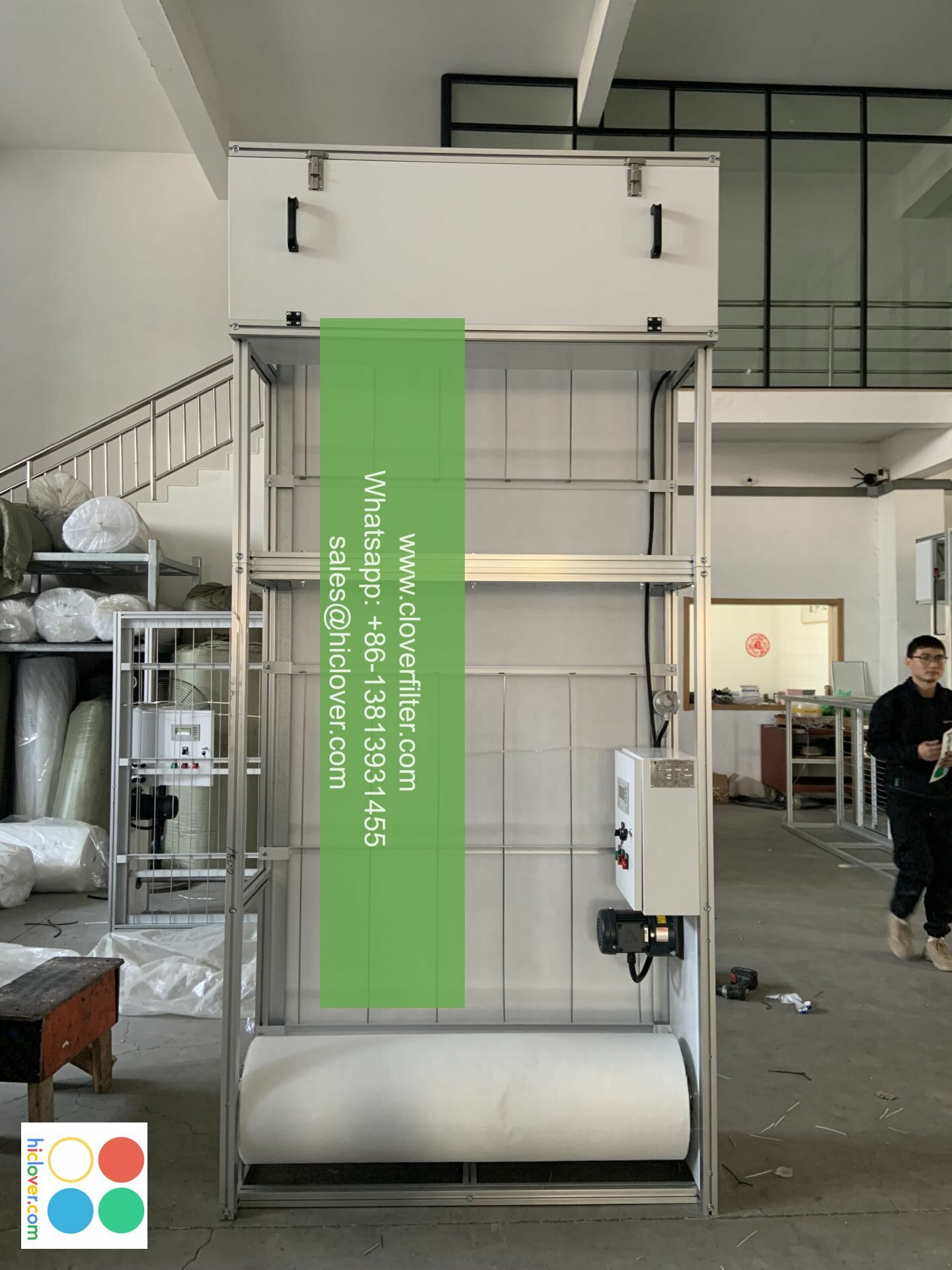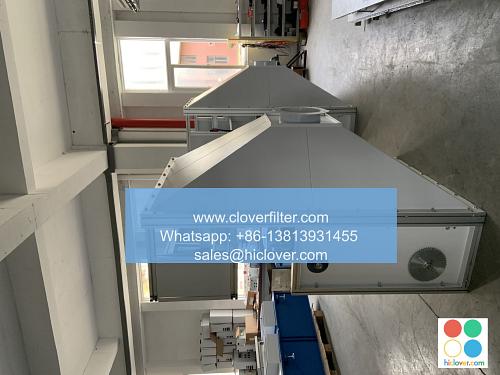Air Filter Integrations for Residential Buildings: A Homeowner’s Guide

As a homeowner, ensuring the air quality in your residential building is crucial for the health and wellbeing of your family. One of the most effective ways to achieve this is by integrating air filters into your home’s ventilation system. In this article, we will explore the various air filtration systems and air purification technologies available for residential buildings, highlighting their applications, benefits, and indoor air quality (IAQ) improvements.
Types of Air Filter Integrations
There are several types of air filter integrations available for residential buildings, including:
* HEPA (High Efficiency Particulate Air) filters: These filters are designed to capture 99.97% of particles as small as 0.3 microns, making them ideal for allergy sufferers and asthma patients.
* Activated Carbon filters: These filters are designed to capture volatile organic compounds (VOCs), odors, and gases, making them ideal for kitchen and bathroom applications.
* Ultraviolet (UV) light filters: These filters use UV light to kill bacteria, virus, and other microorganisms, making them ideal for high-traffic areas and homes with pets.
Application Areas
Air filter integrations can be applied in various areas of a residential building, including:
* Central air systems: Integrating air filters into your central air system can help improve the overall IAQ of your home.
* Portable air purifiers: Portable air purifiers can be used to target specific areas of your home, such as bedrooms or living rooms.
* Kitchen and bathroom ventilation: Integrating air filters into your kitchen and bathroom ventilation systems can help remove cooking odors and moisture.
Benefits of Air Filter Integrations
The benefits of air filter integrations are numerous, including:
* Improved IAQ: Air filter integrations can help remove pollutants and allergens from the air, improving the overall health and wellbeing of your family.
* Reduced allergy and asthma symptoms: By removing allergens and irritants from the air, air filter integrations can help reduce allergy and asthma symptoms.
* Increased energy efficiency: Air filter integrations can help reduce energy consumption by improving the overall efficiency of your ventilation system.
Conclusion
In conclusion, air filter integrations are a crucial component of any residential building’s ventilation system. By understanding the various types of air filter integrations available and their applications, homeowners can make informed decisions about how to improve the IAQ of their home. Whether you’re looking to reduce allergy and asthma symptoms, improve energy efficiency, or simply breath easier, air filter integrations are a simple and effective solution.
Key words: air filter integrations, residential buildings, air filtration systems, air purification technologies, indoor air quality (IAQ) improvements, HEPA filters, activated carbon filters, ultraviolet (UV) light filters, central air systems, portable air purifiers, kitchen and bathroom ventilation. It seems like you’re ready to start a conversation or ask a question, but you haven’t provided a specific prompt yet. What’s on your mind? Do you have a topic you’d like to discuss, a question you need help with, or perhaps a challenge you’re facing that you’d like some advice on? I’m here to listen and help in any way I can.

